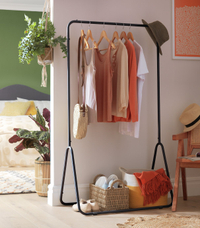How to be more sustainable when it comes to style, from renting occasionwear to shopping local
Looking to live a bit more sustainably? These small changes can make a big difference
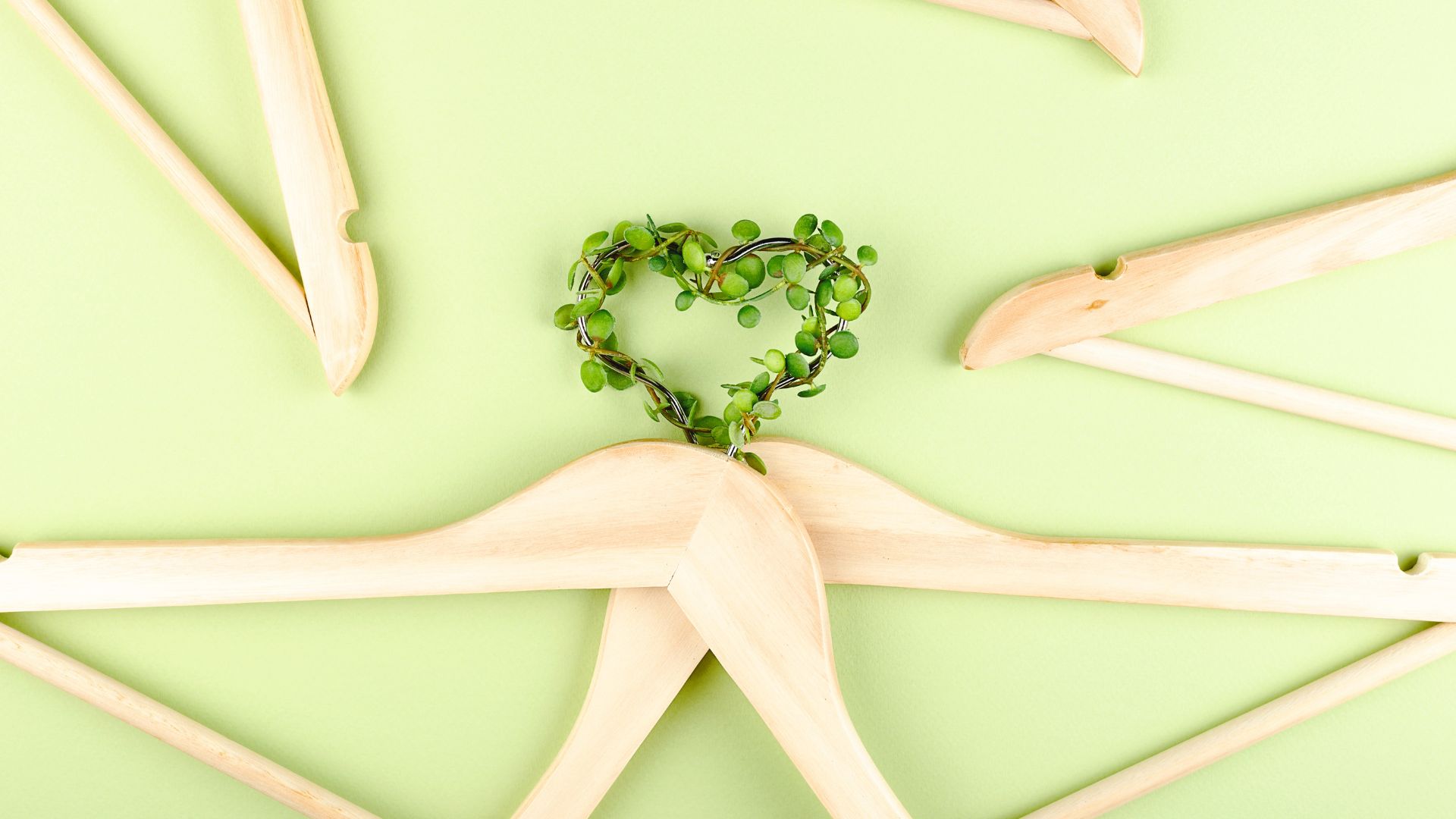

We're all trying to live a bit more sustainably in our everyday lives, whether that's switching to reusable coffee cups and being keen recyclers, or keeping an eye on your carbon footprint.
The fashion industry is responsible for an estimated 10% of global emissions, and if you're a bit of a shopaholic, being more mindful about your wardrobe is an easy way to lessen your impact on the environment.
Here are some simple ideas to help you make some small changes, all of which fall into a couple of categories - reduce consumption, look after what you own and recycle what you no longer want.
We're not here to make anyone feel guilty. The choice fast fashion offers us is quite incredible, and we couldn't be without a shopping fix now and then. We're only suggesting some ways that you can make a change if you feel like you want to.
How to be more sustainable when it comes to style
Shop your wardrobe
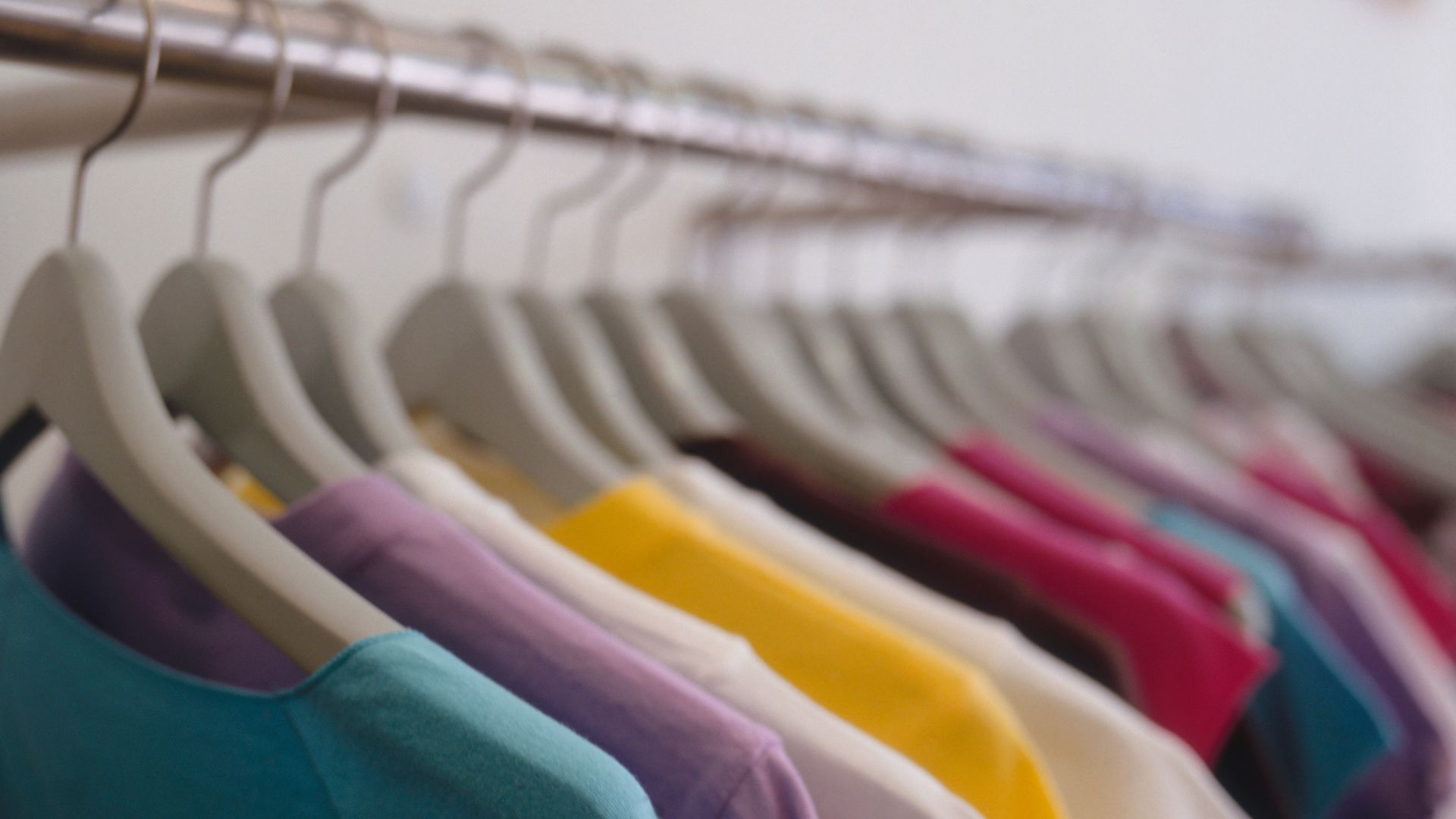
We all wear such a small portion of our clothes on an everyday basis, so it's worth having a clear out every once in a while to re-discover once-loved items hidden at the back of the wardrobe. Trinny Woodall's clothes rail trick is great for this too. Simply buy a freestanding clothes rail for efficient styling, and use it to lay out your clothes for the week ahead.
Arnie Clothes Rail | £16 at Argos
This simple rail is perfect for outfit planning - plus its smaller size means you can fit it into most bedrooms.
Shop secondhand
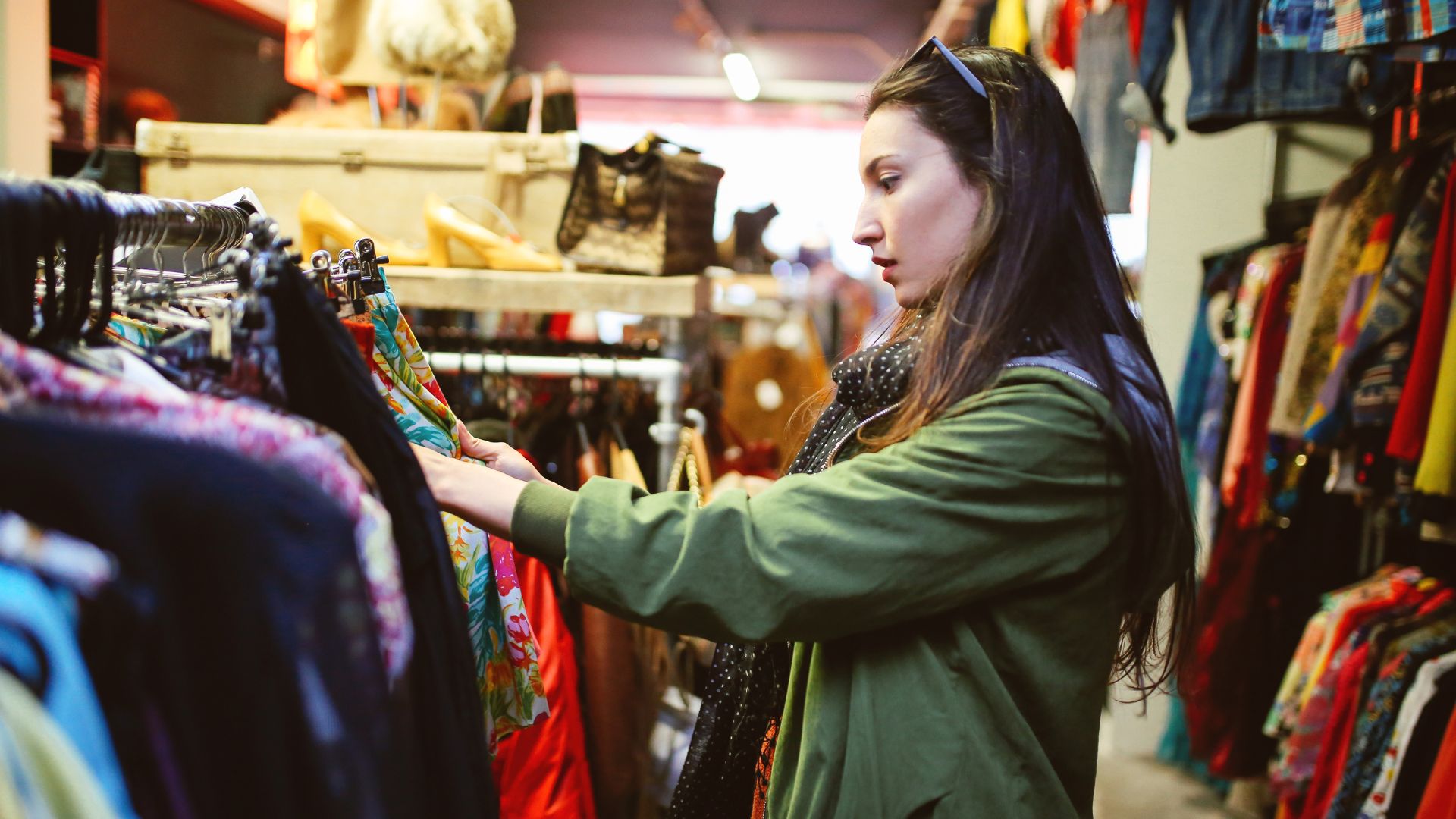
The second hand clothing market has changed beyond recognition in the last few years. From vintage stores and charity shops to resale platforms like eBay, Vinted and Depop, you'd be surprised what you can find. Everyone has upped their game, and there's a reason Gen Z is obsessed with shopping secondhand.
Donate clothes
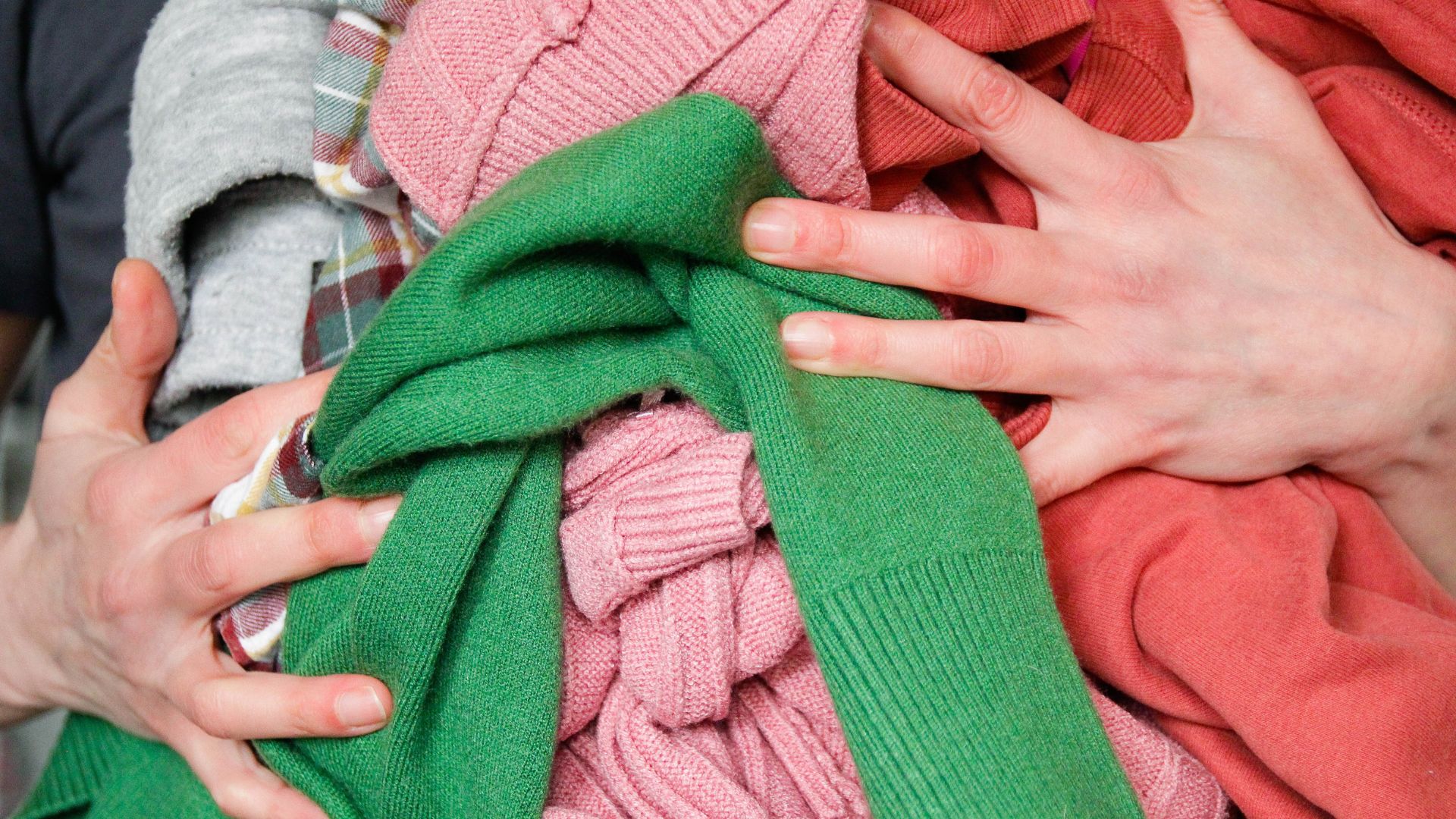
Donating clothes you don't wear anymore is a great way to give back. Isn't it lovely to think of clothes you don't need or use finding a good home and having another life?
Sign up for the woman&home newsletter
Sign up to our free daily email for the latest royal and entertainment news, interesting opinion, expert advice on styling and beauty trends, and no-nonsense guides to the health and wellness questions you want answered.
Swap clothes with friends

If you find yourself buying a new dress every time you have a occasion, then why not consider lending and borrowing from like-minded friends and family? People are more generous than you think, and again - anything that maximises the life of a single item of clothing will really make a difference!
Do your research
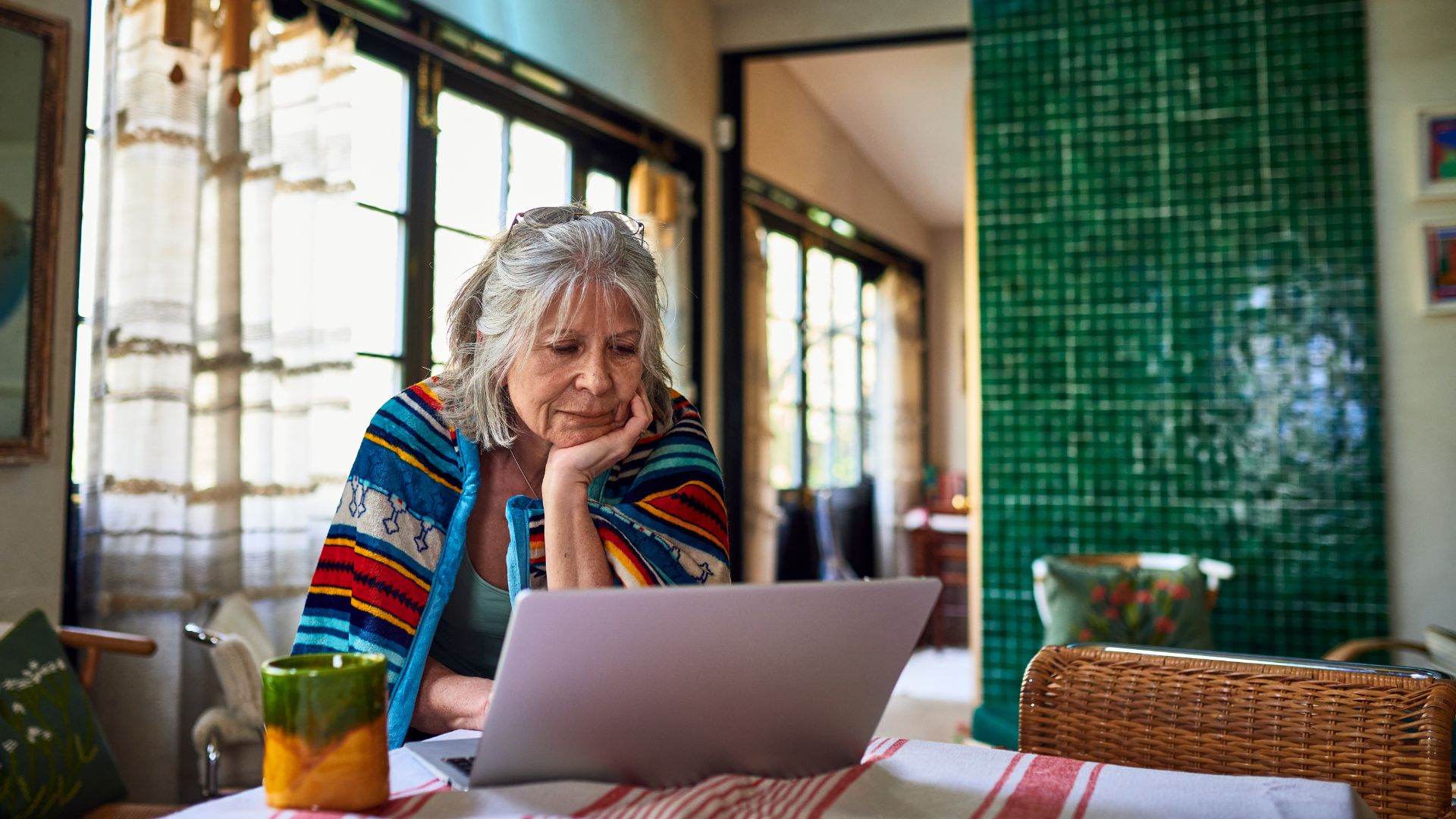
Find out which brands are committed to being more sustainable, where items are made and the fabrics that are worst for the environment. The more informed you can be, the better equipped you'll be to make sustainable choices. Be wary of greenwashing - misleading claims with no substance.
Try renting
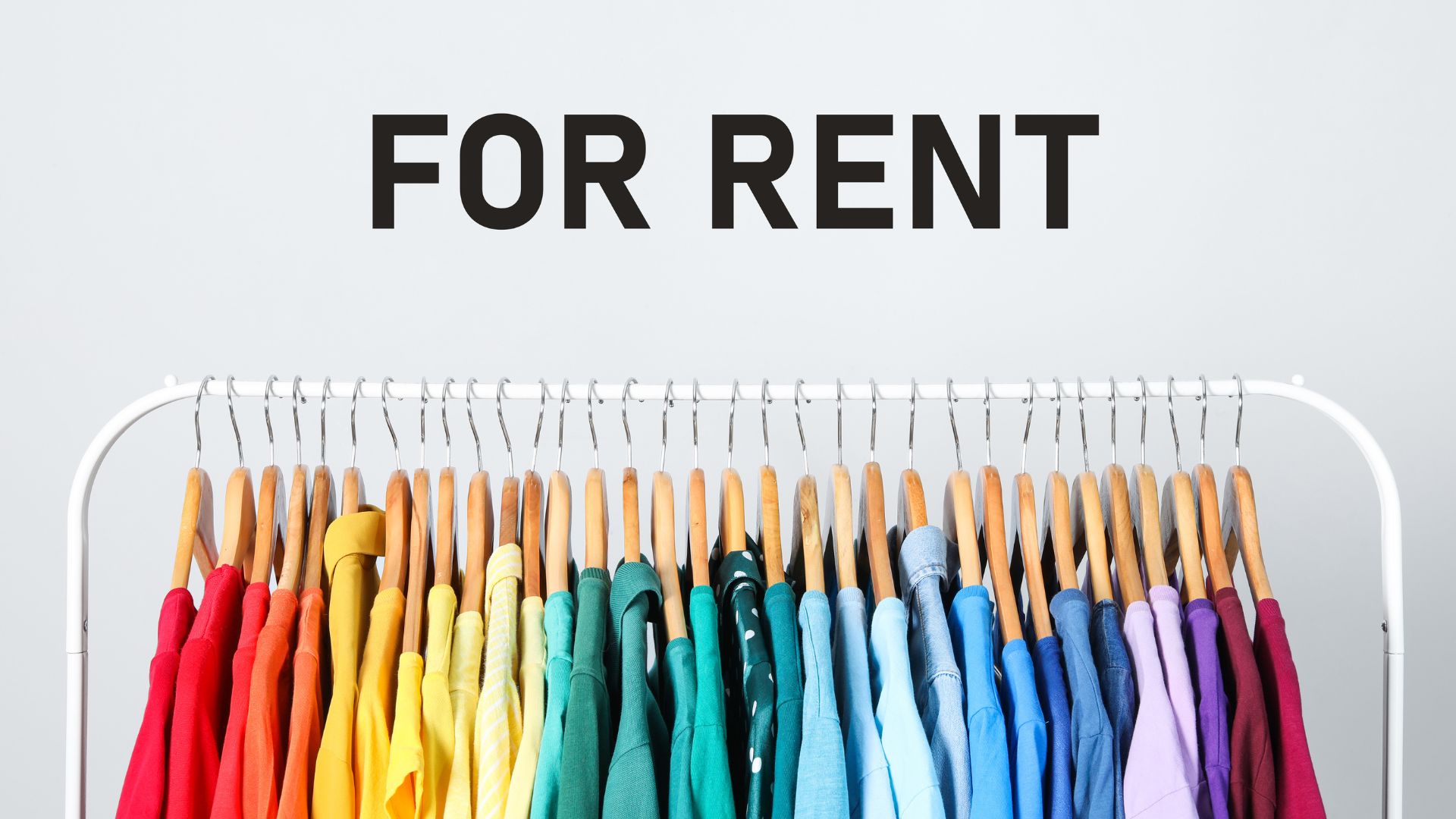
The dress rental market is hugely popular, particularly for big occasions, but don't forget this isn't always a perfect option. There is of course transportation, packing and dry cleaning to consider. But compared to buying a new dress that you'll only buy once, it's worth a try. And better for your bank balance too!
Be more mindful when shopping
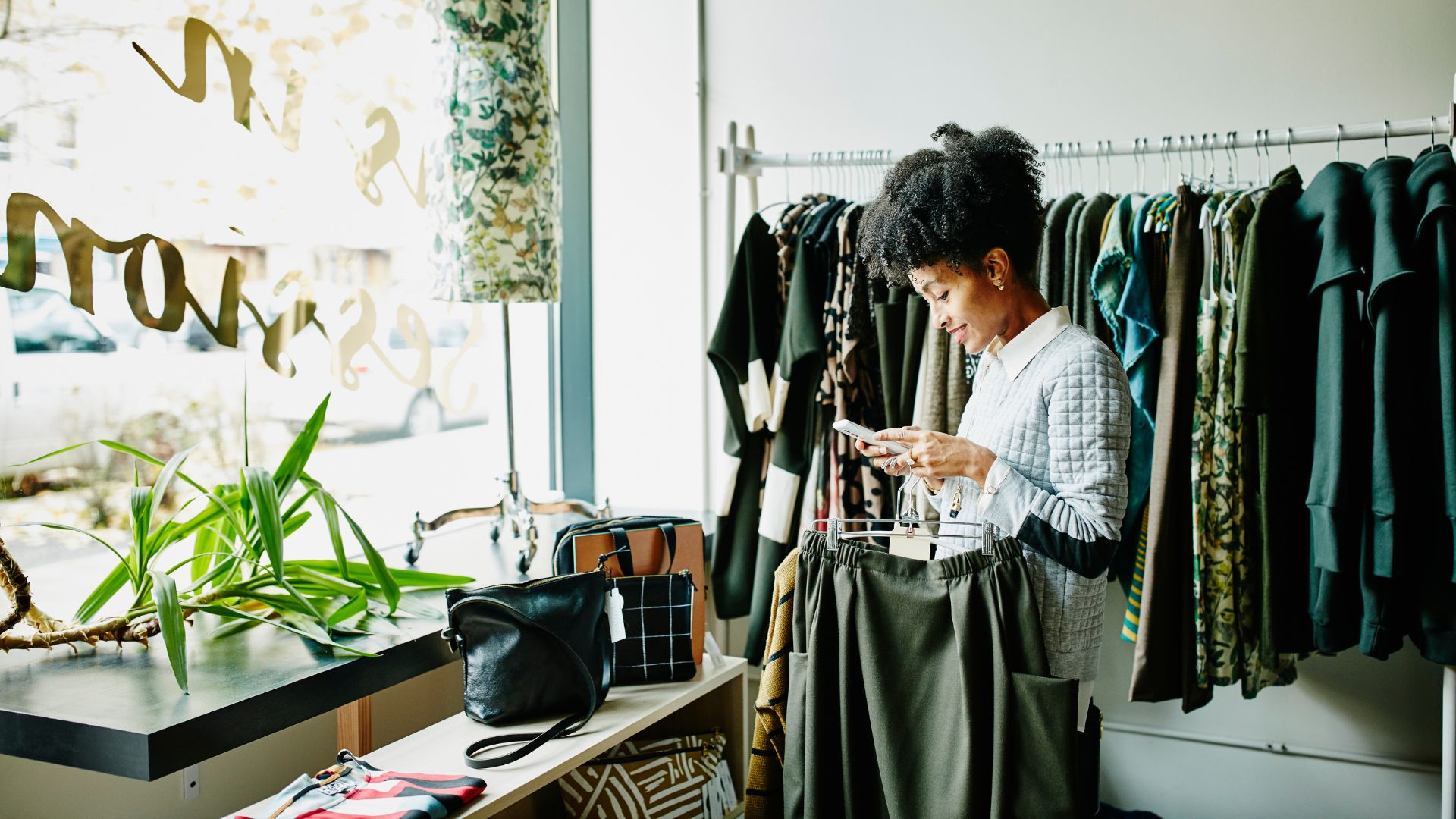
Think about your shopping habits. Avoid stores and brands your research tells you aren't doing their bit, and make a list of what you're actually missing from your wardrobe to prevent impulse purchases that might not last. Take a good amount of time to really consider an item before you buy it. How often will you wear it? What can you team it with? Will you still love it next year?
Beware of sales
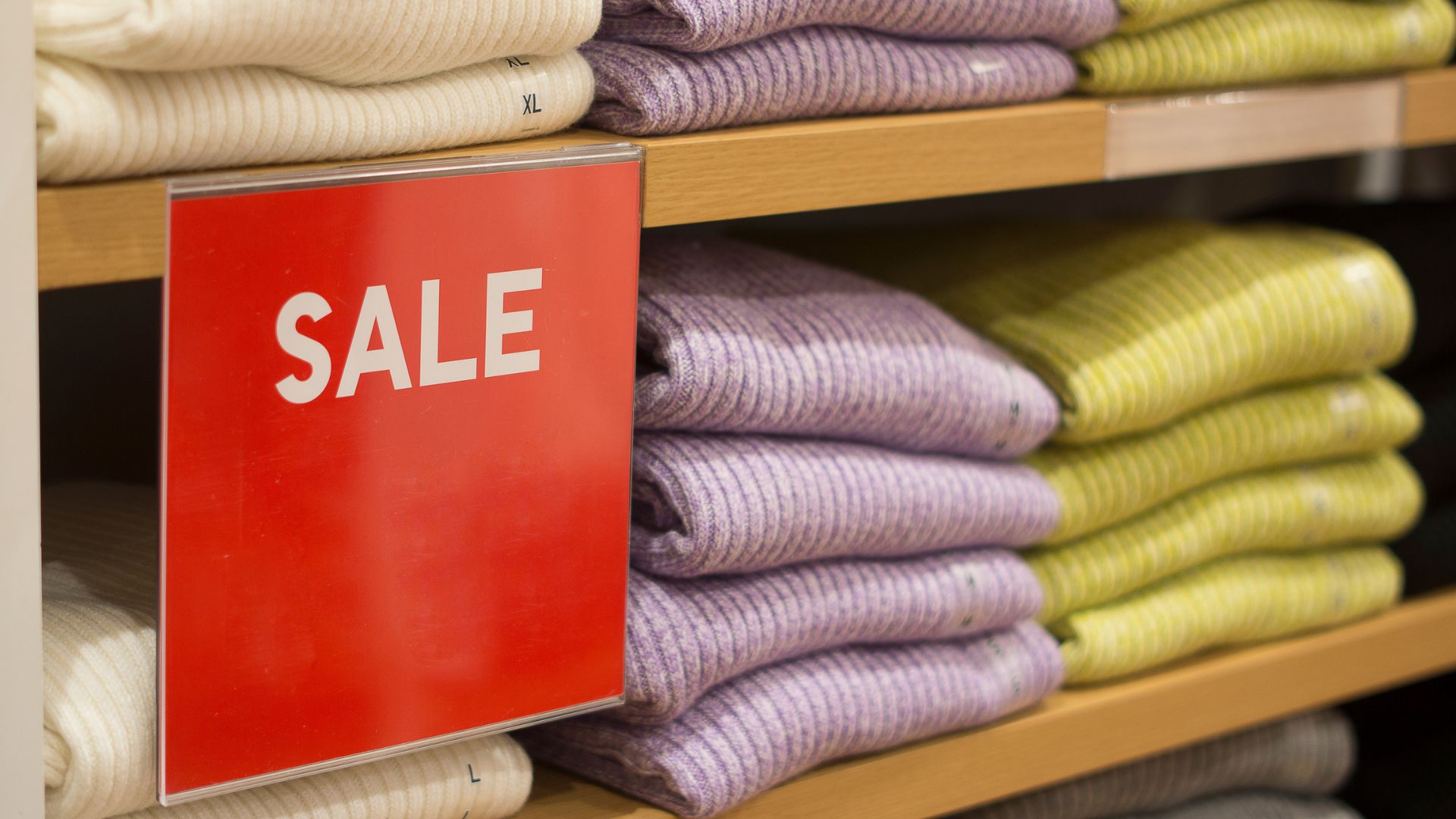
We're all tempted by time-limited sales and huge discounts but take some time to think about whether you're really getting a bargain. Would you buy it if it was full price? Or are you buying it because it's reduced? It could be a false economy.
Think outside the box when buying presents
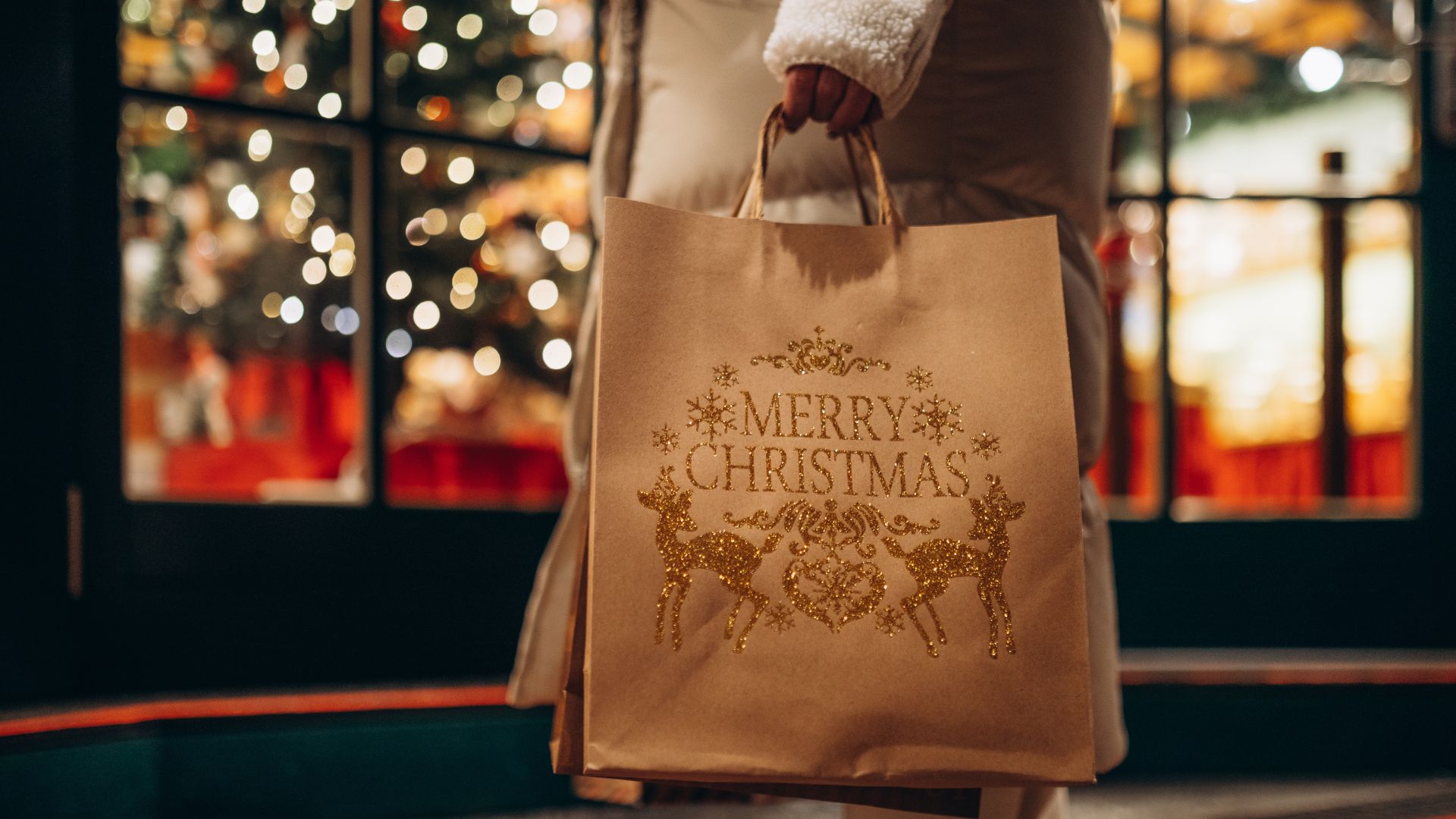
Let's face it, clothes are a tough thing to buy for other people. As thoughtful as it is, for birthdays and Christmas presents, why not stick to vouchers or something you know they'll love? Unwanted gifts, however well intentioned, often end up in the back of cupboards or worse, in landfill.
Repair rather than replace
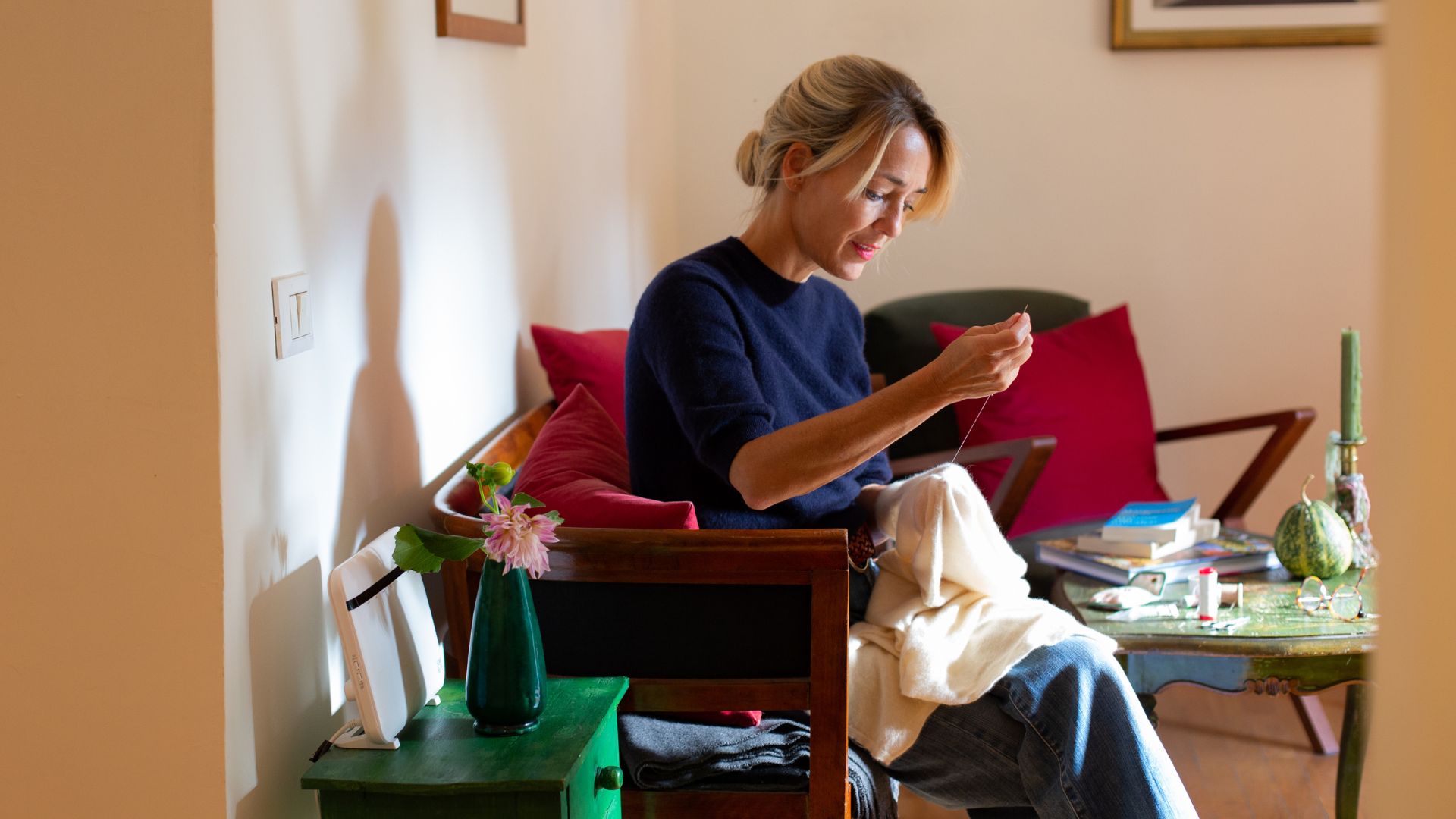
When you find a hole in an item of clothing, that doesn't mean you have to discard it. It's amazing what a tailor can do - or you can do yourself at home! Extend the life of beloved clothes by repairing minor issues.
Buy gadgets to extend the life of your clothes
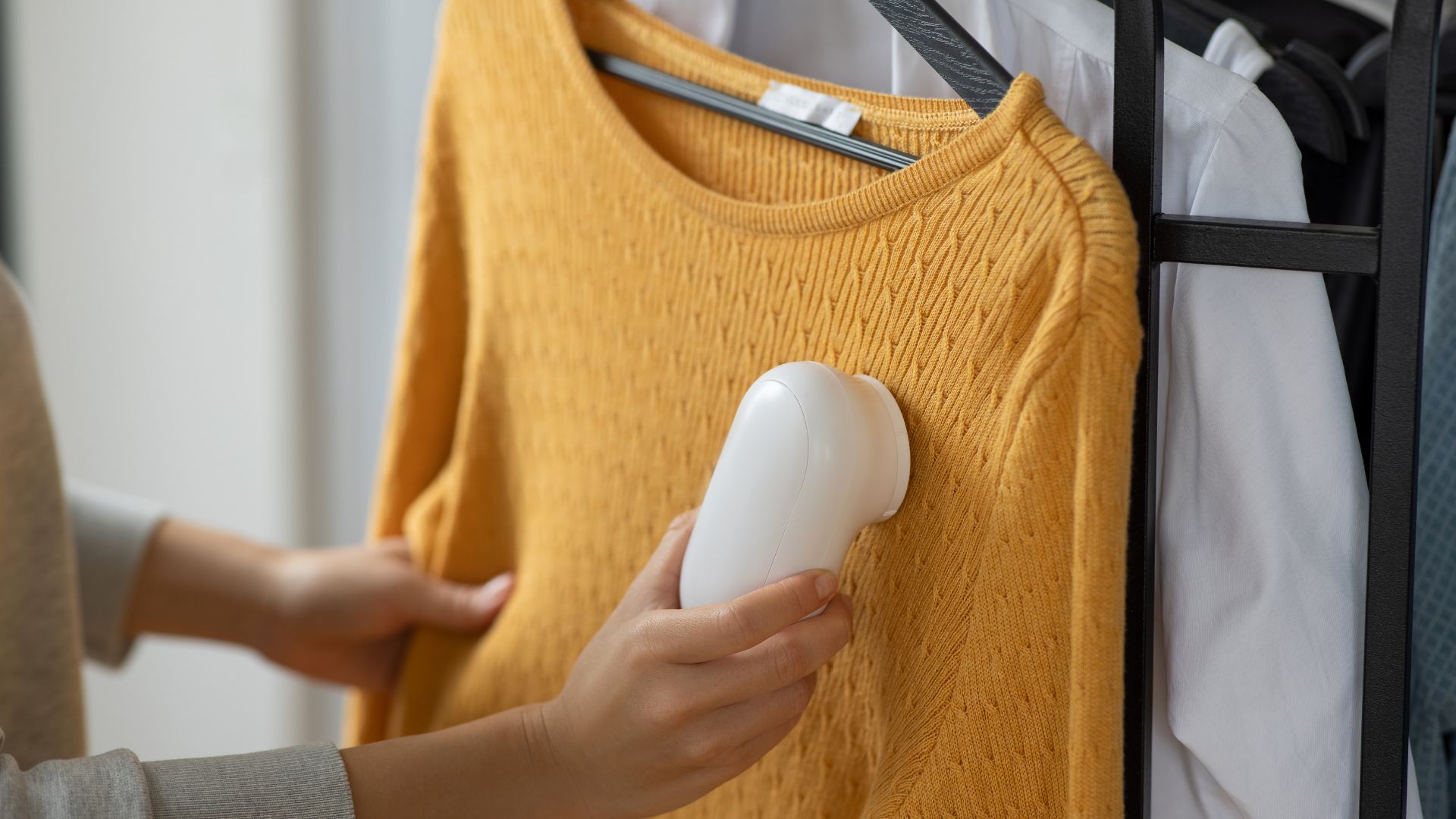
Consider purchasing simple gadgets like a fabric shaver to debobble well-worn jumpers, vacuum bags to store knitwear away from moths and steamers that are a bit gentler on delicate fabric than an iron. It's a small price to pay to elongate the life of treasured items of clothing beyond just a couple of months.
Store clothes properly
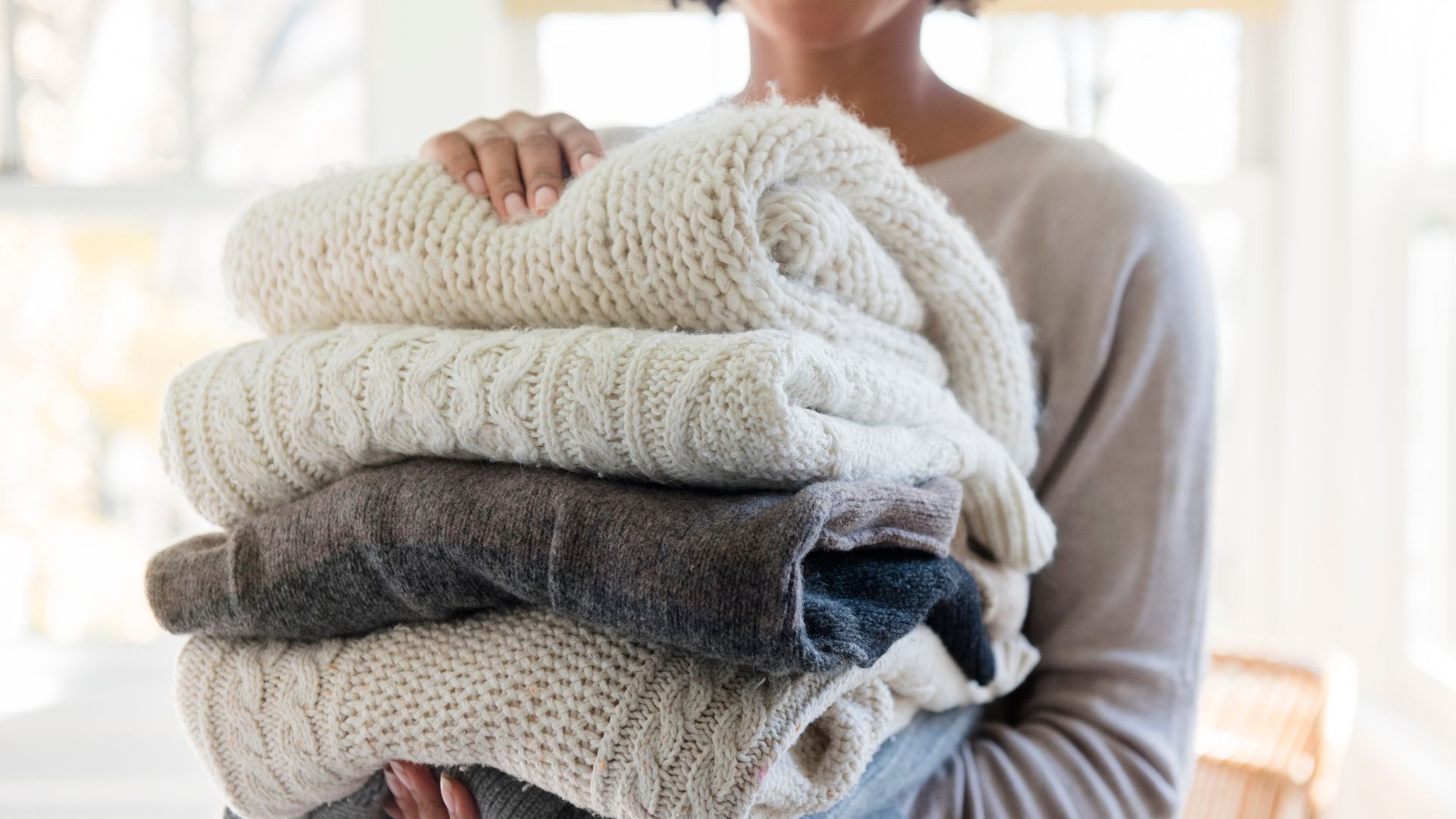
Learning how to store clothes will also help prolong their life. Certain coathangers can be harsh on delicate items, and knitwear should be folded rather than hung up. Make sure you always clean your items before you leave them in your wardrobe for a while.
Recycle anything that can't be donated
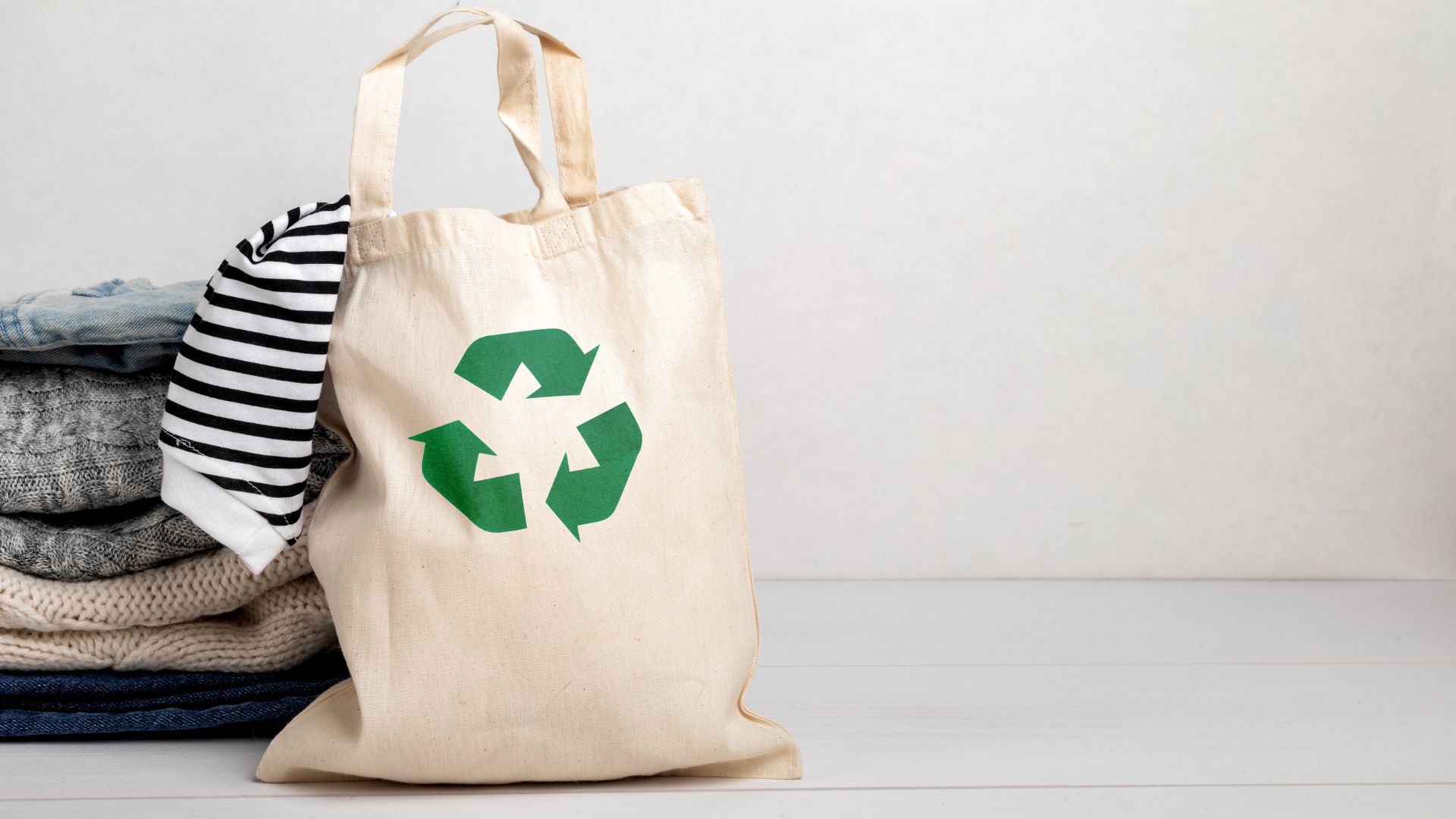
Any items like underwear or clothes that aren't in a fit state to be donated can still be recycled. Even scraps of fabric can be useful in some way. Look for local clothing banks, as well as schemes and charities that specialise in this kind of thing.
Try making your own designs
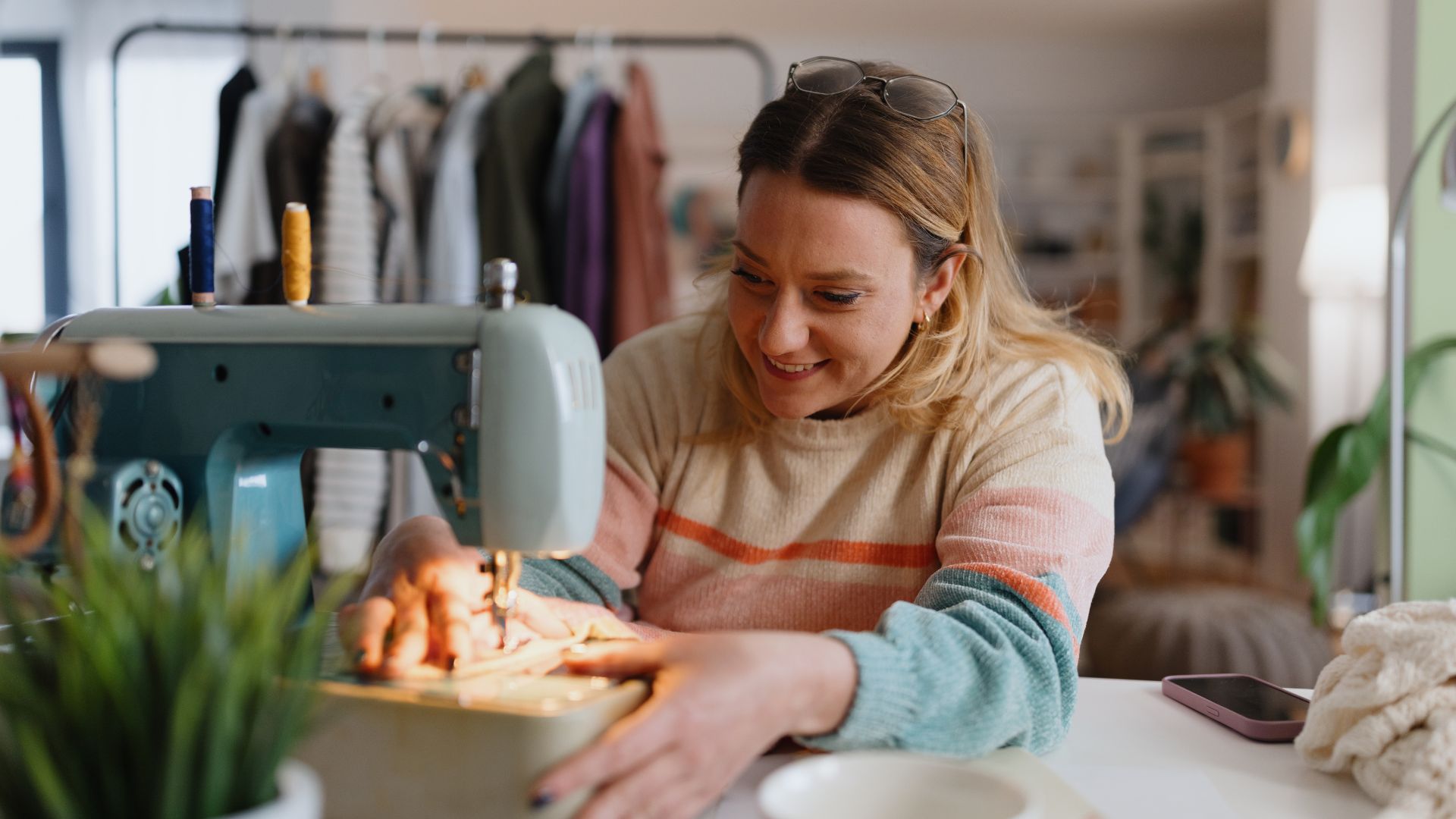
A new hobby and a new wardrobe? You never know, you might be a wizz when it comes to sewing, and you can buy some really simple beginner patterns. Even better, you can make clothes that fit your exact size and taste.
Shop local
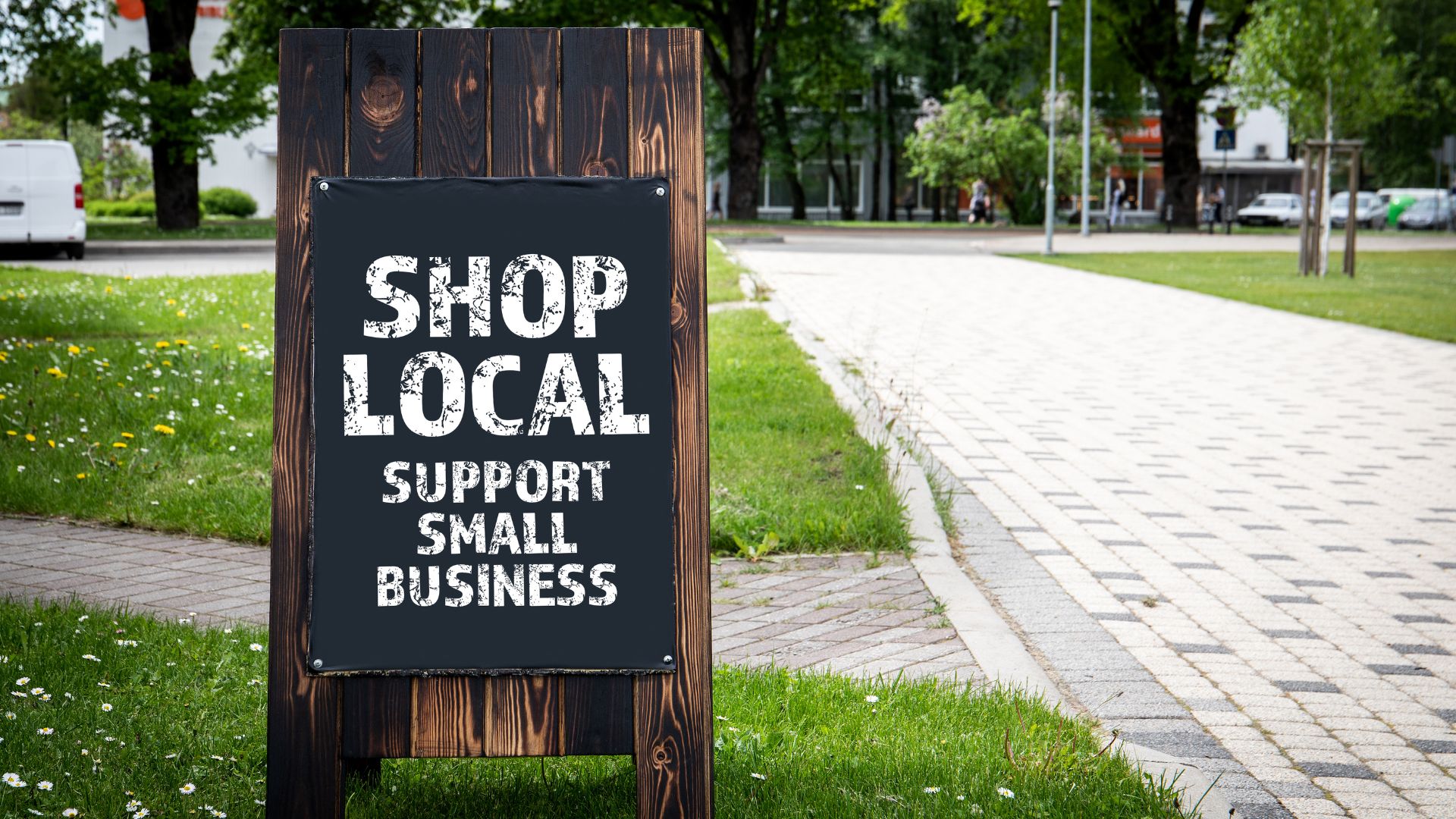
If you feel like your online orders are stacking up, head to your local high street. Boutiques are likely to operate on a smaller scale and therefore consume less energy. Plus of course you're minimising packaging and saving on posting an item out to your house. And it feels good to support local businesses!
Wash less

Find out how much energy a washing machine cycle takes, and you might just want to reduce the amount of loads you're doing. Read up on how often you should be washing certain items too - did you know that jeans probably don't need washing as often as others? Washing too often can wear certain fibres down.
Wash on a colder setting

Washing your clothes on a colder setting reduces the amount of water and heat you're using, but can be just as effective. Unless you're trying to get out a tough stain, 30 degrees will generally work.
Air dry your clothes
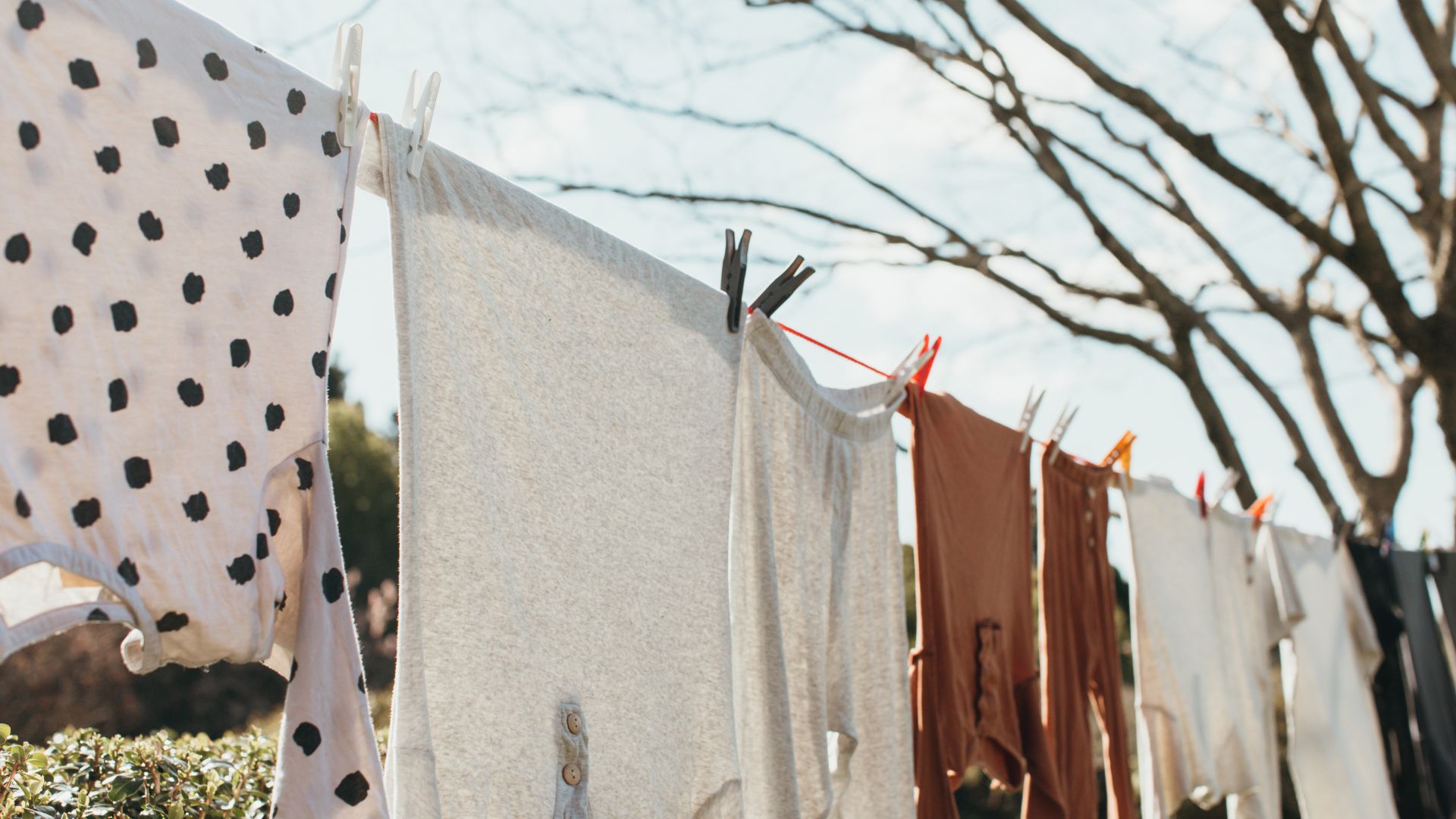
Tumble dryers are worse than washing machines when it comes to emissions, so where possible, air dry your clothes. Dryers can be super damaging for clothing too.
Choose your washing detergent wisely

There are environmentally-friendly options for everything nowadays, including which laundry detergent you use. Factors for how sustainable they are includes packaging and ingredients so read up before you head to the supermarket.
Focus on capsule wardrobe classics
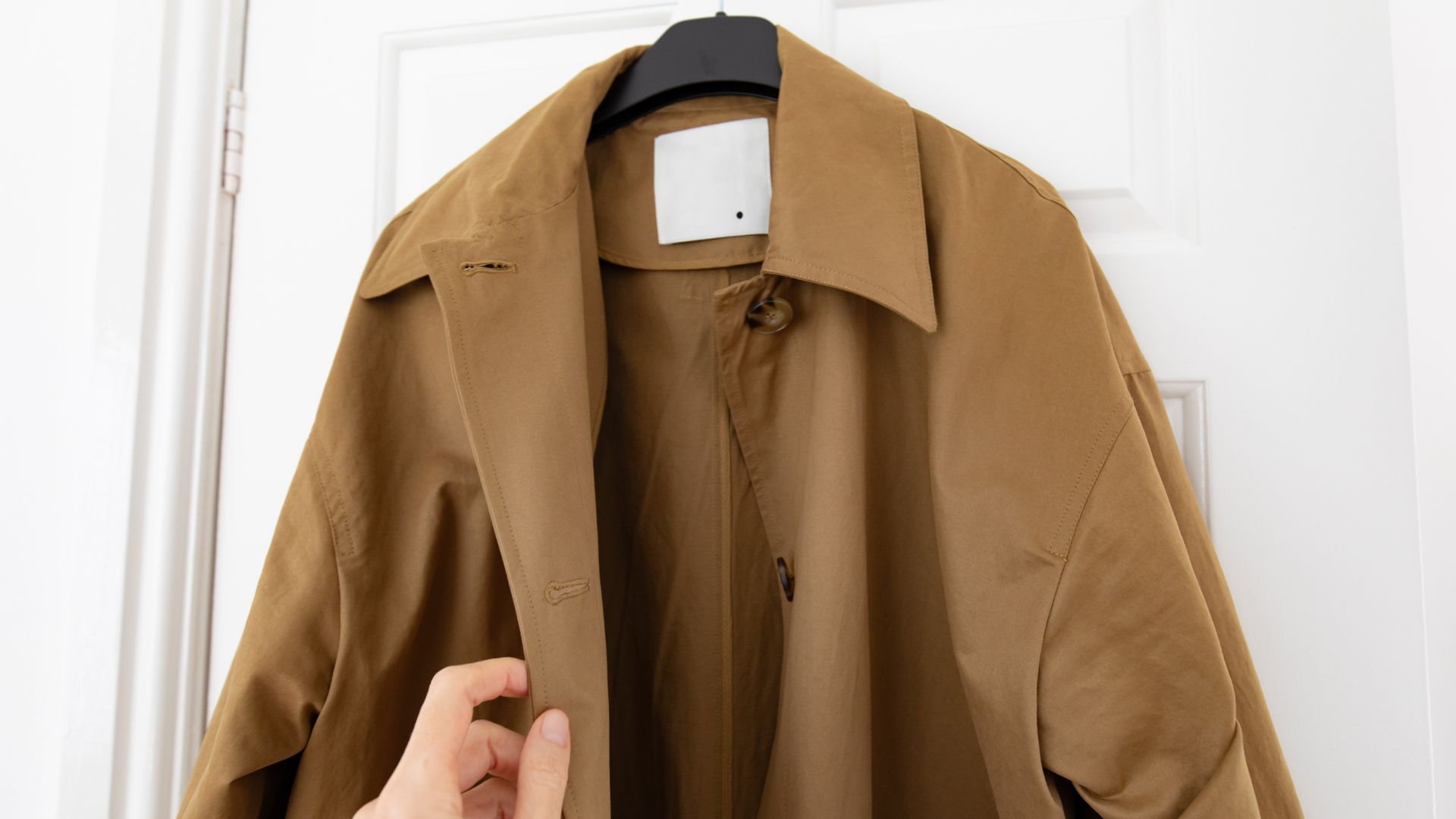
There's a reason why items like the little black dress, the trench coat, ballet flats and a crisp white shirt will never go out of style. Invest in anti-trend, capsule wardrobe pieces that have longevity and you really can't go wrong. Deciding what to wear each day will be much easier!
Be sceptical of trends
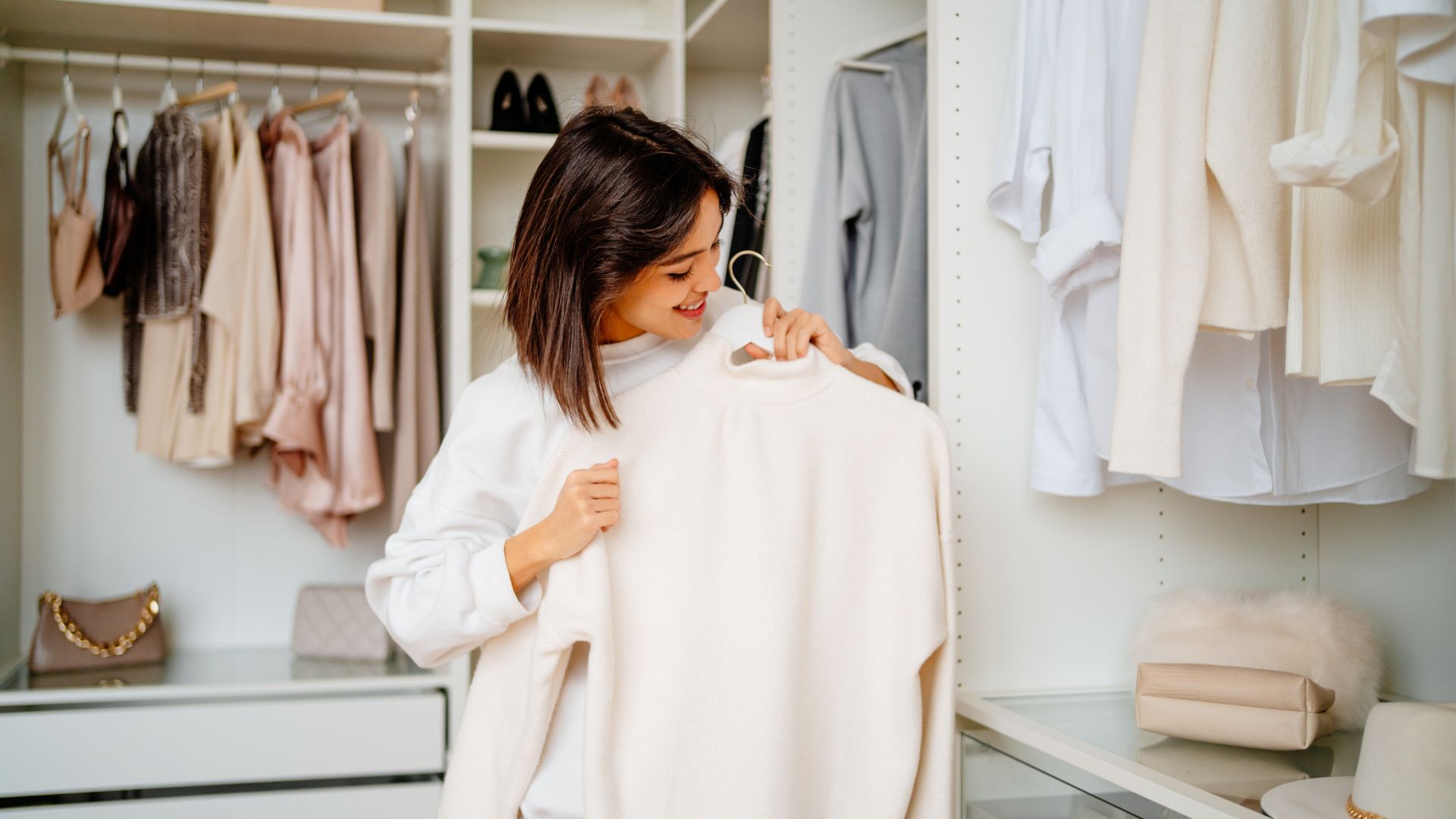
Try to take a step back and realise the trends that will go out of style as quickly as they arrived. Figure out which colour suits you, and stick to that. Try to narrow down the best jeans for your body type, and buy those cuts, rather than the silhouette that happens to be hot this season.
Quality, not quantity
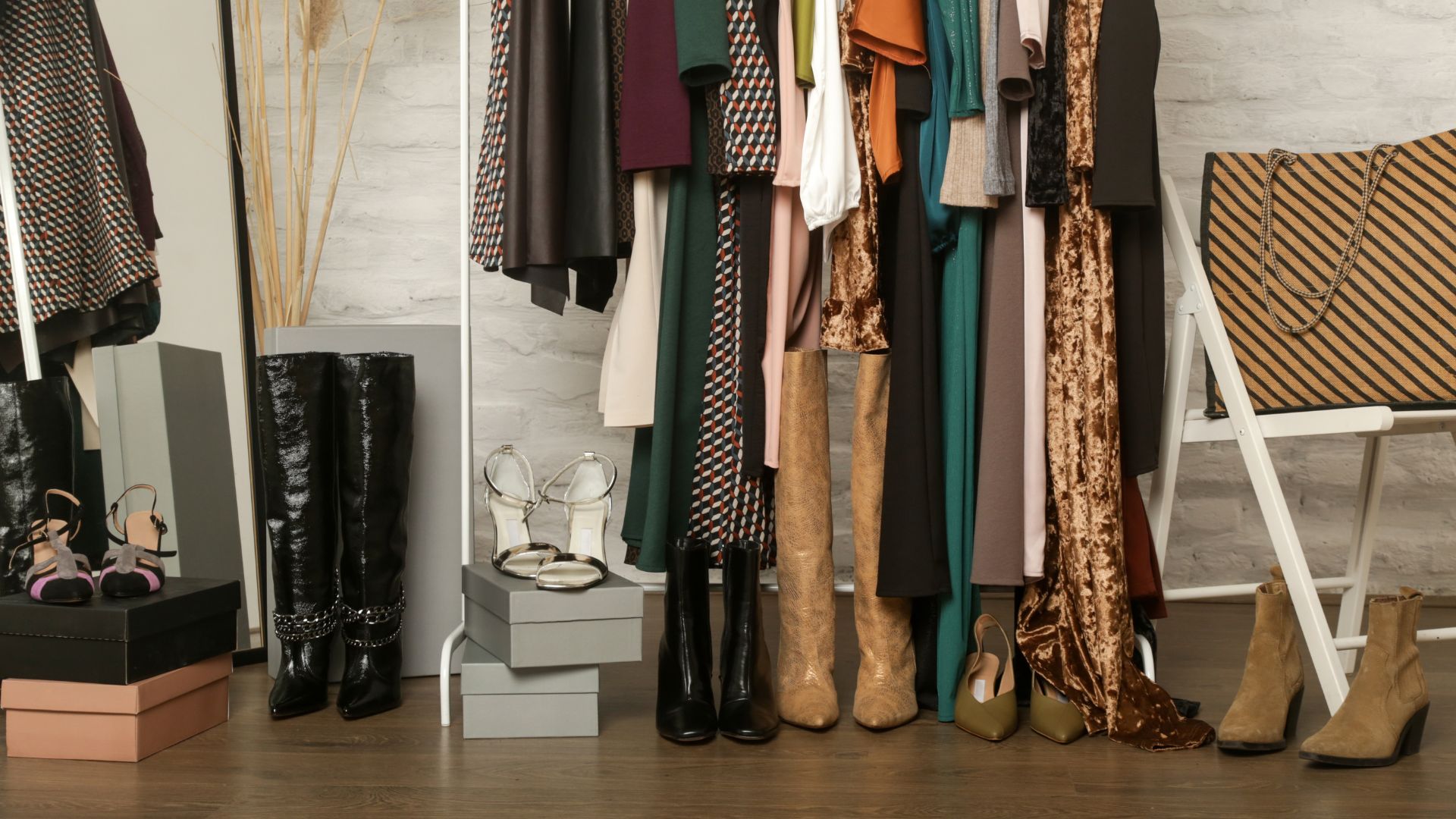
It's easy to say, but if circumstances allow, spending more but buying less really does pay. Choose high quality items that are built to last and you'll find yourself wearing them year after year.
Consider alternatives to denim
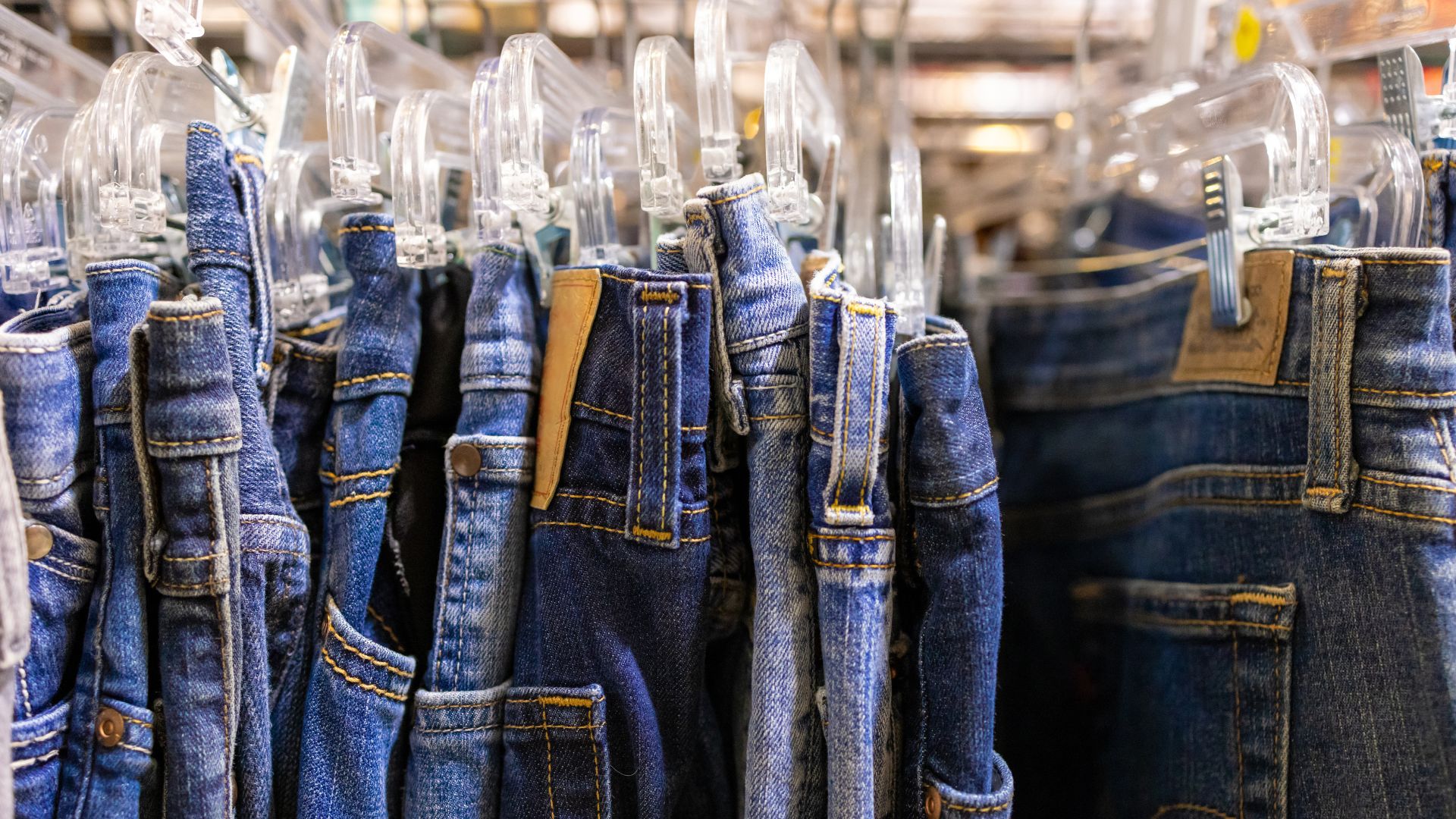
It's fair to say denim is one of the worst fabrics in terms of environmental impact - it's all to do with the water, energy and chemical usage. Most of us live in our jeans, but perhaps you could think about alternatives like tailored trousers instead? Alternatively, consider thrifting your next pair of jeans.
Upcycle

Take a leaf out of the Royal Family fashion handbook by altering and updating items to make them more fitting for your occasion. You'll be surprised by what a good tailor can do. Change a neckline, shorten a hemline, move buttons, add embellishment - you name it!
Think about where your jewellery comes from
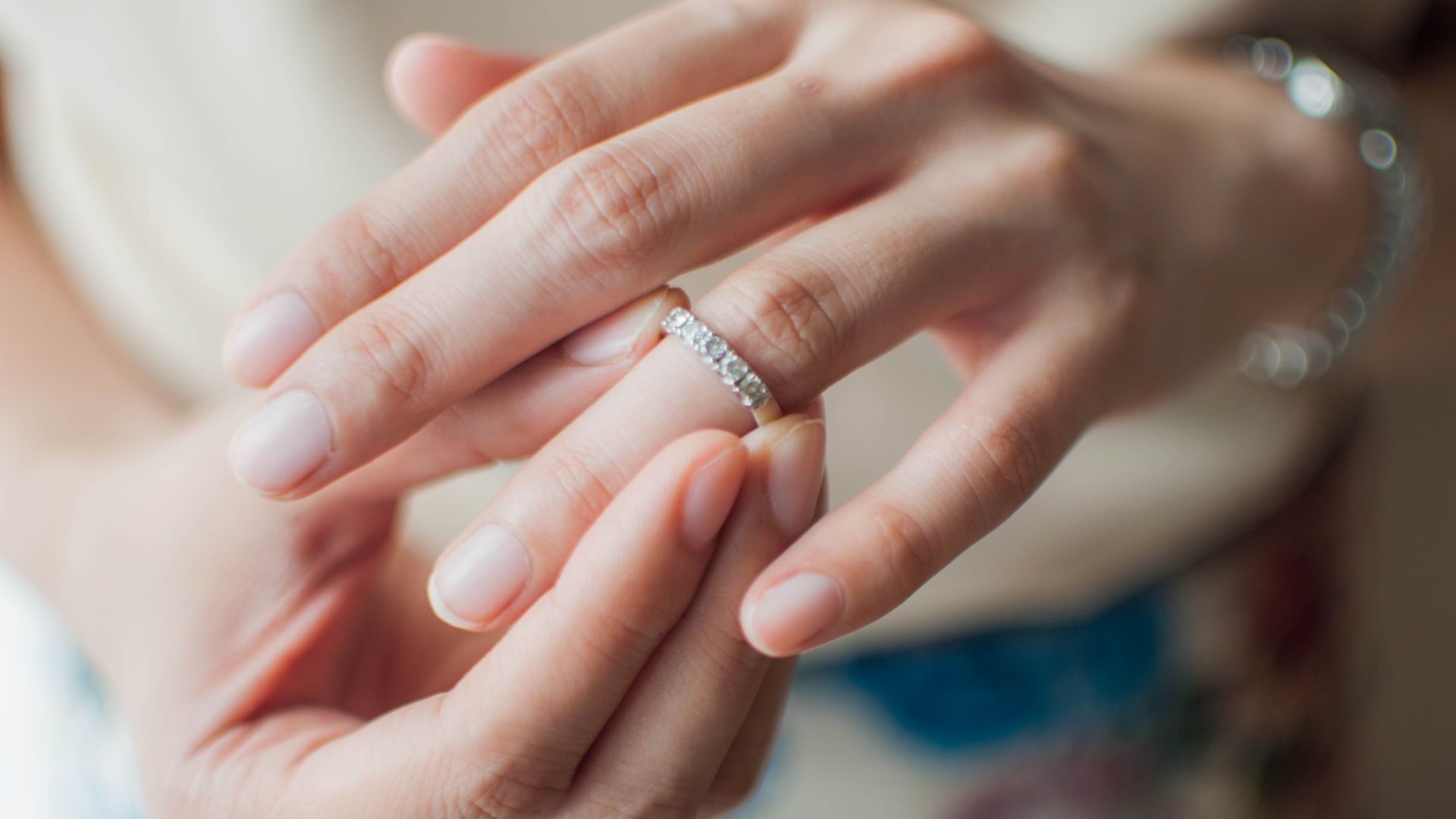
Being more sustainable goes further than just your clothes. Did you know that there are incredible options in the jewellery world too? Lab-grown diamonds, recycled metals, vintage styles, ethically made designs. Go, explore!
Look at the label
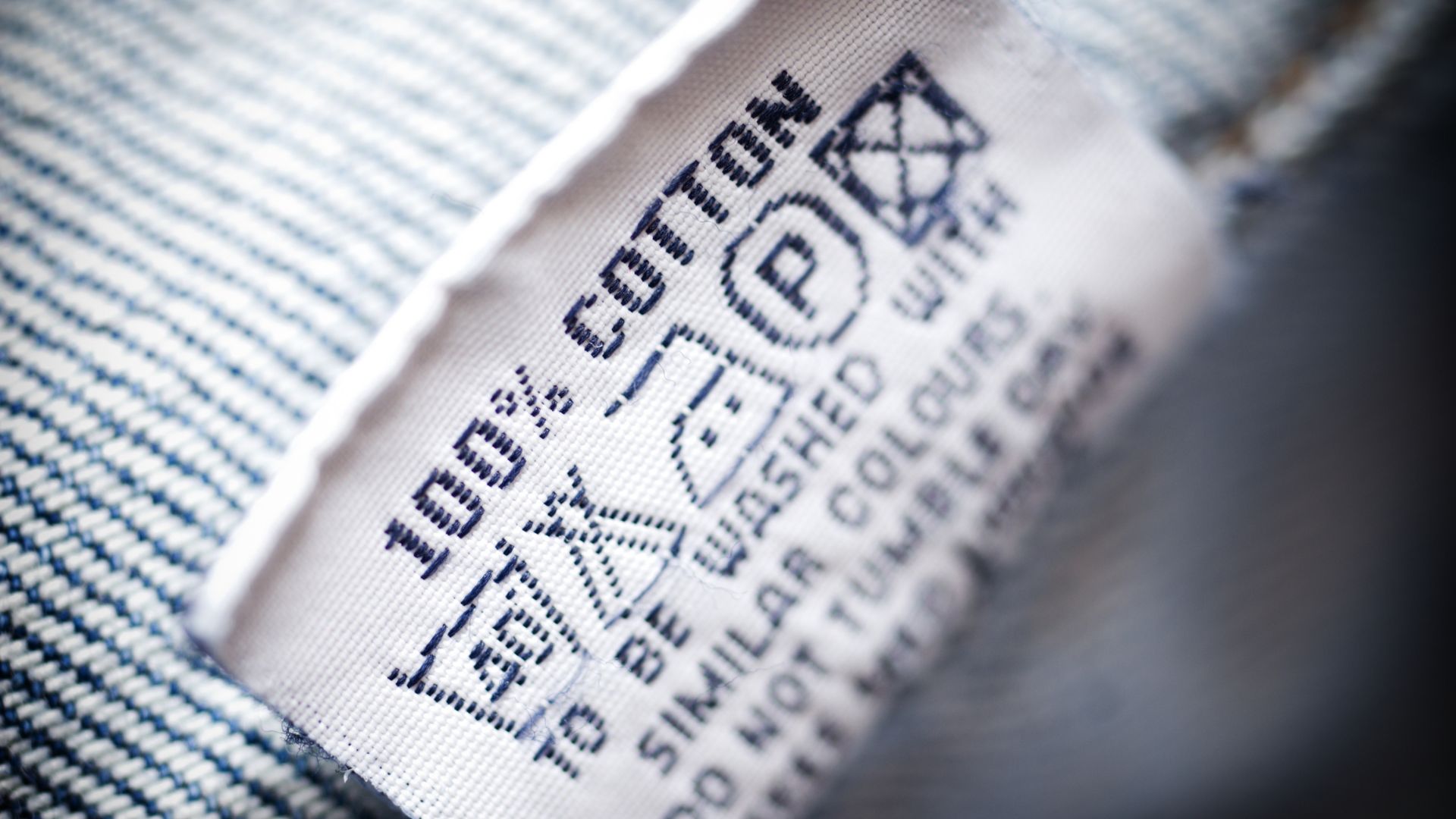
No fabric is entirely sustainable, but some are worse than others. Organic cotton and recycled fabrics get a thumbs up, whereas polyester, nylon and viscose aren't so great.
Sell unwanted items

Of course as well as being able to buy on sites like eBay, Vinted and Depop, you can also sell items on there too. It really does encourage you to have a bit of a clear out, and helps items find a good home rather than ending up in landfill.
Find a good tailor
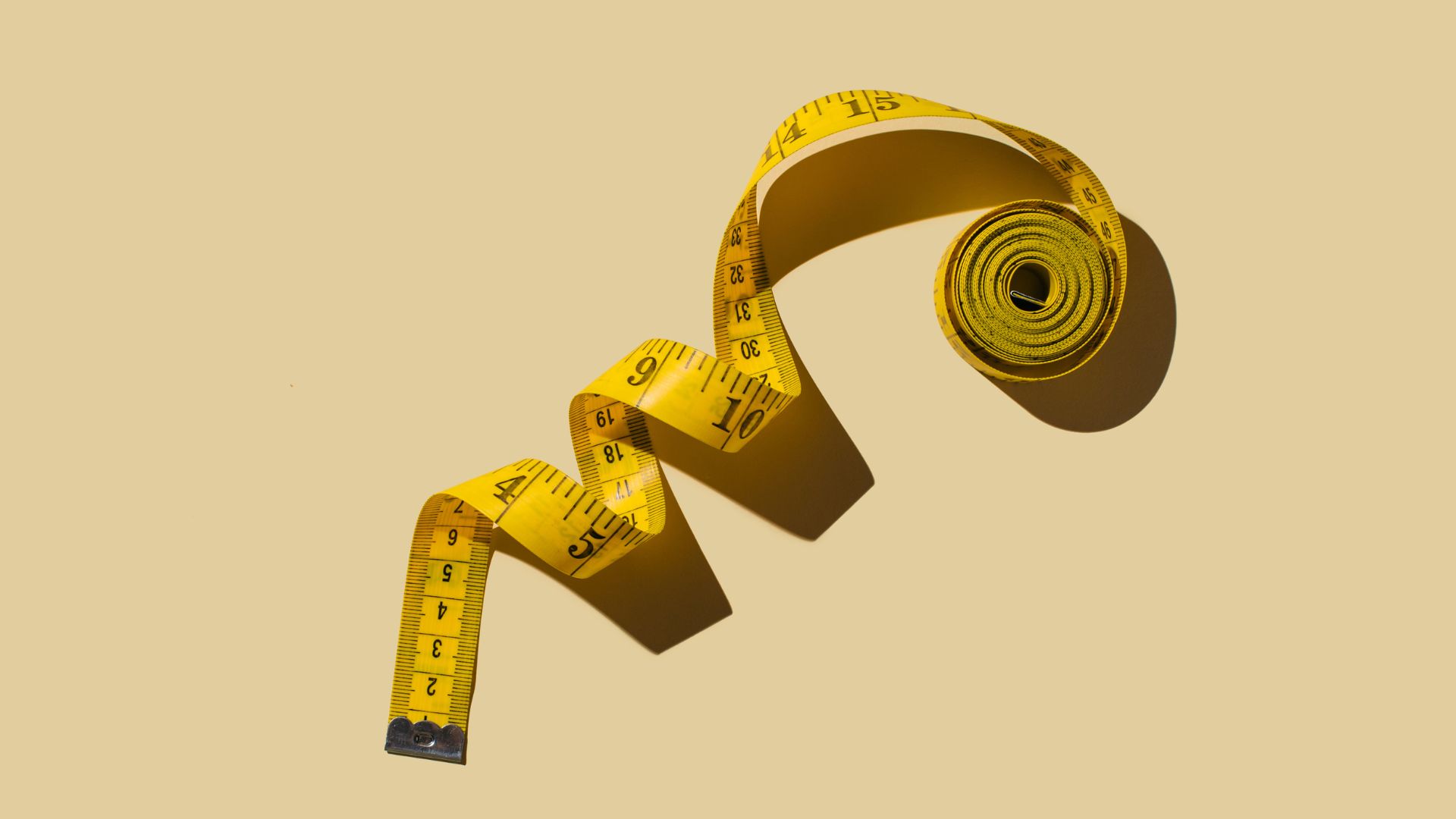
If you think that repairing, upcycling and making clothes isn't for you, you'll need to find a good tailor. Look locally and ask for recommendations. Spending a bit of money here and there to extend the life of high-priced items or even just the ones you love absolutely makes sense.
One in, one out policy
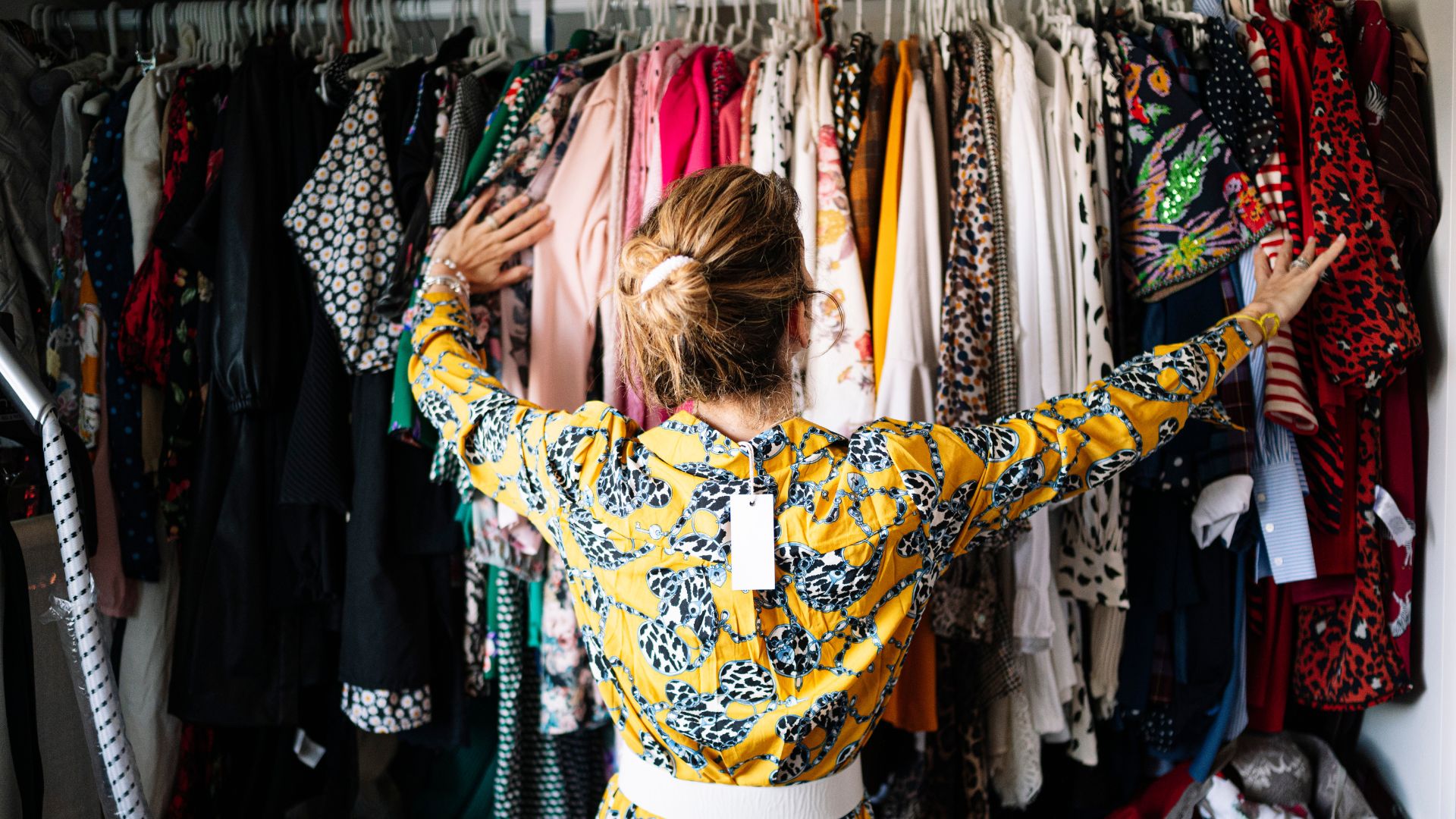
If you want to limit the amount of clothes you own, enforcing the one in, one out rule is a good idea. Go ahead and treat yourself every once in a while, but that does automatically mean you'll have to find something to donate or sell.
Repair services
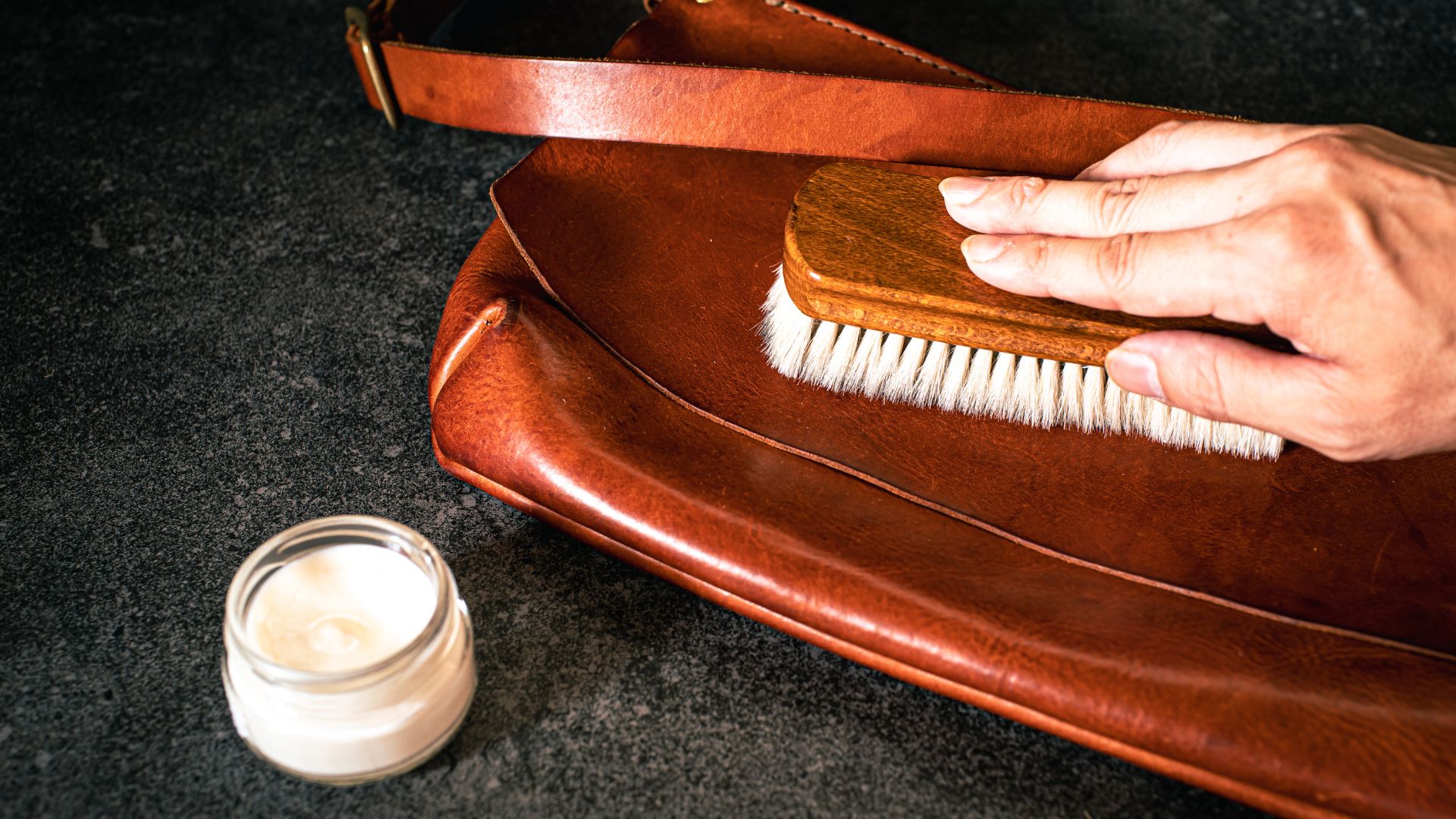
Rather than discarding damaged items, look into what your options are. Did you know that a lot of brands like Mulberry and Barbour have services to repair and restore your items, or there are companies like The Handbag Clinic that specialise in restoring pre-loved bags?
Shop in person

This isn't feasible for anyone, but the simple act of shopping in person rather than online could minimise your own carbon footprint.
Don't forget reusable shopping bags
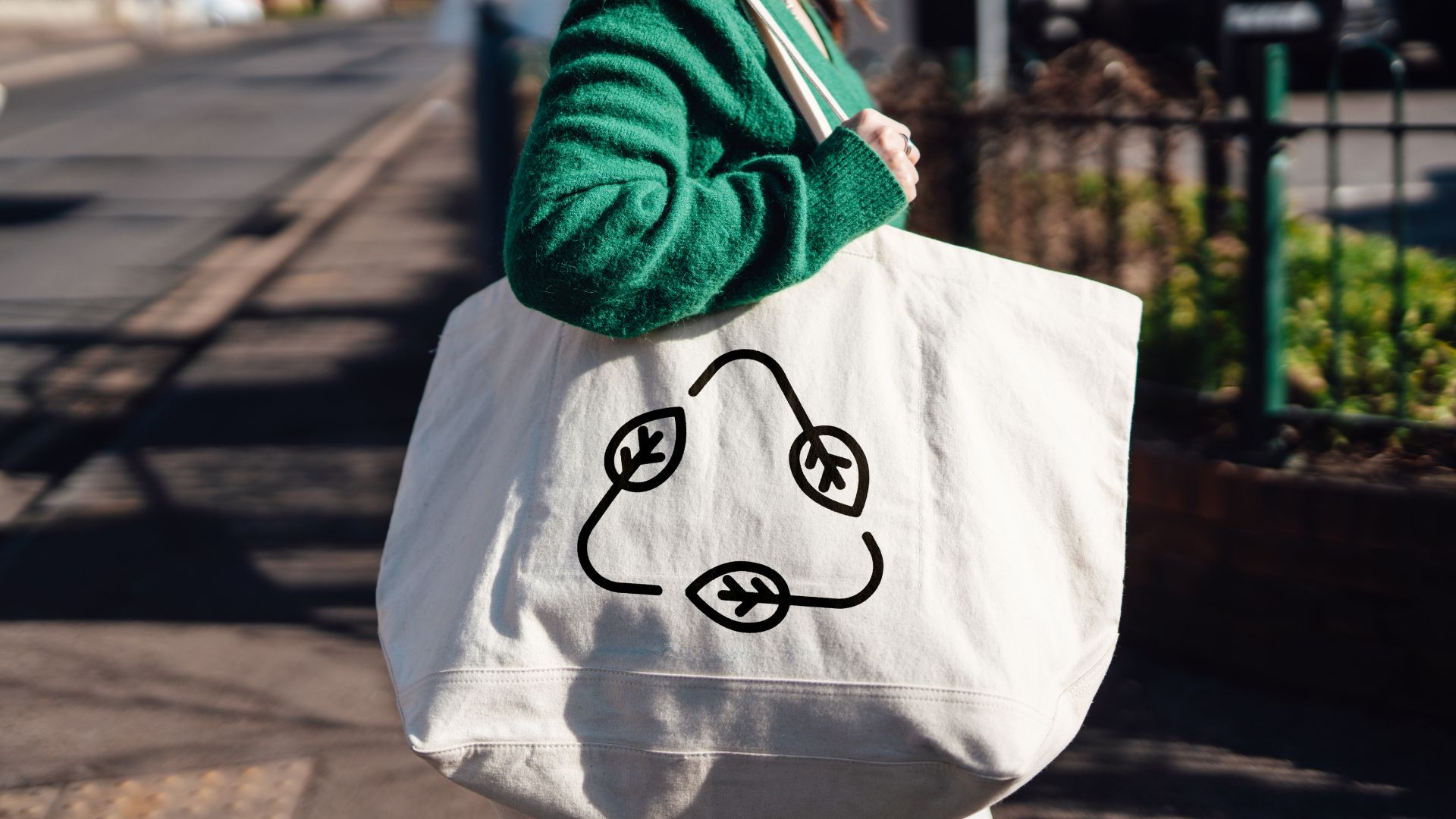
Sometimes the simplest advice is the best. Taking reusable totes with you rather than using plastic or paper bags applies to shopping for clothes too, not just food. It seems like a tiny thing but it all adds up!

Caroline is Fashion Ecommerce Editor for woman&home.com, and has been a fashion writer and editor for almost twelve years.
Since graduating from the London College of Fashion, she has spent more than a decade tracking down and writing about celebrity outfits, covering events ranging from the Met Gala to the King’s Coronation.
She has an encyclopaedic knowledge of brands, but always likes to know about new and under-the-radar labels. She’s originally from Liverpool, but now lives in London. Outside of work, her great loves are leopard print and her lively but adorable cocker spaniel, Ghillie.
-
 Princess Beatrice just wore the maxi dress I've got my eye on for summer occasions - and she styled it with comfy Zara flats
Princess Beatrice just wore the maxi dress I've got my eye on for summer occasions - and she styled it with comfy Zara flatsShe took style tips from Kate Middleton, choosing chic French brand Sezane
By Caroline Parr Published
-
 Royal style made casual - Zara Tindall's one-shoulder dress, denim jacket and Aspinal bag are the epitome of chic summer comfort
Royal style made casual - Zara Tindall's one-shoulder dress, denim jacket and Aspinal bag are the epitome of chic summer comfortZara Tindall's outfit in Bahrain was a more relaxed take on her signature style and was made up of timeless staples.
By Emma Shacklock Published
